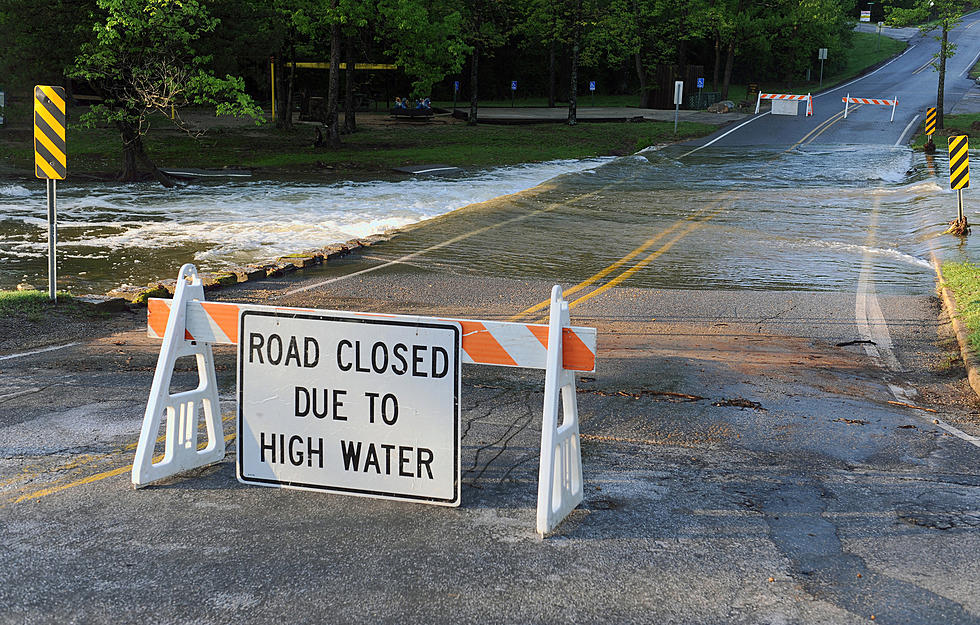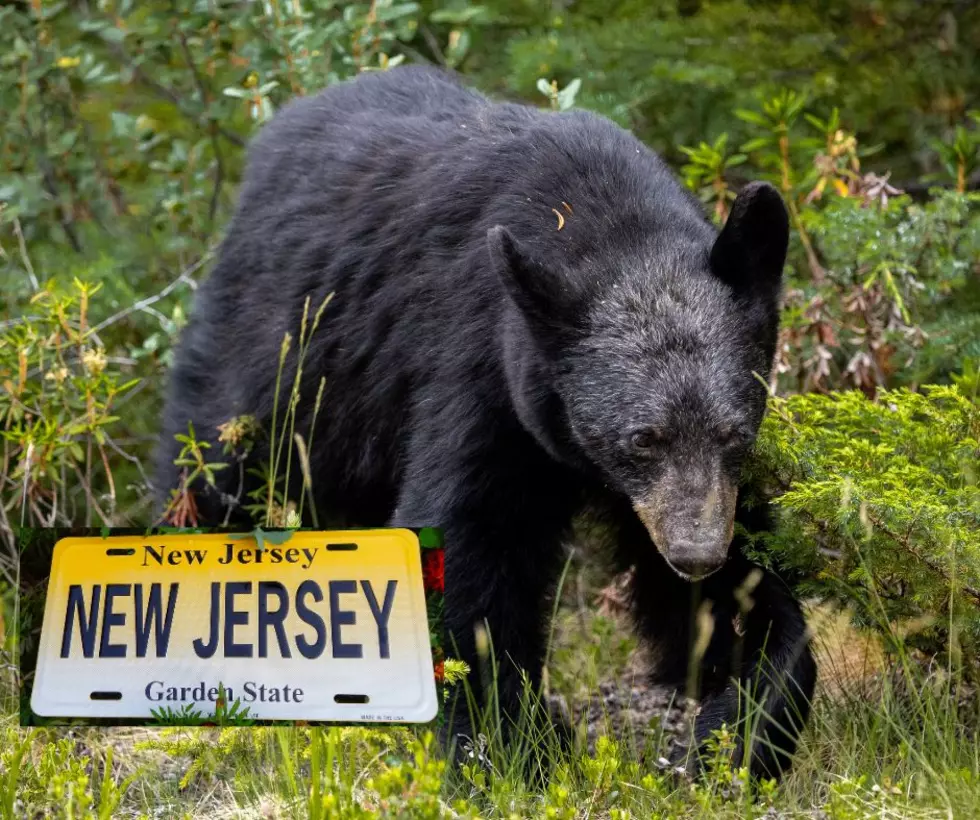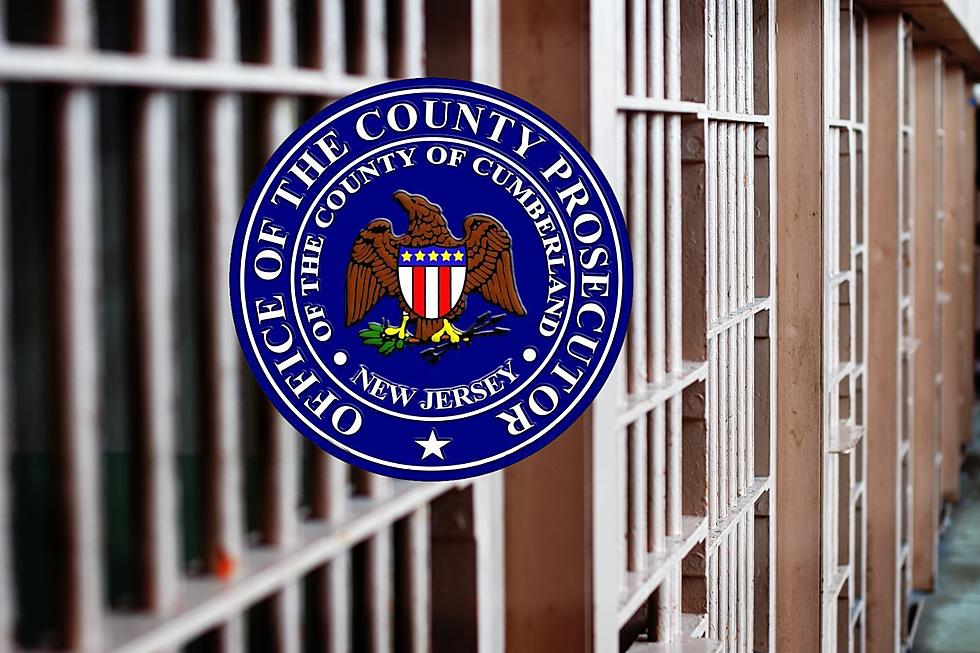
Flash Flood Watches For Parts Of Salem and Cumberland Counties Today
Rain, rain, go away, right? We were singing that song here in South Jersey all weekend long, weren't we?
As if the clouds didn't part enough over Memorial Day Weekend, South Jersey is expecting rain on and off all day Thursday. You'd think it'd be a good thing for our plants since it's been really hot over the past few weeks. However, with all the rain we've gotten over the past weekend, today's downpours could prove to be less than favorable for certain parts of this region.
Of course, shore towns always need to be on alert. Flooding's common there. On the mainland, however, you don't see it happen too often. Today could be different. According to the National Weather Service's Mount Holly office, parts of Cumberland County that border Salem County as well as Salem County itself should be on high alert today in case of flash flooding.

NJ.com reports that the amount of heavy rain expected today combined with the multiple inches those areas received over the weekend could, in theory, mean disaster. They've shared some tips that could definitely come in handy, especially if you're not used to dealing with flood warnings.
1.) Move to higher ground if you notice water levels rising
2.) Don't try to drive through any flooded areas
3.) Don't allow your children or pets to play in the water
4.) Flood waters always have debris; make sure you're extra careful if you even have to get close for whatever reason.
The flash flood warning goes into effect for the previously mentioned parts of the region as well as Camden, Gloucester, and Burlington Counties today at 3p.
For more information about the National Weather Service's flash flood warning, click HERE.
Source: NJ.com
KEEP READING: Get answers to 51 of the most frequently asked weather questions...
See the Must-Drive Roads in Every State
LOOK: The most expensive weather and climate disasters in recent decades
More From Cat Country 107.3









